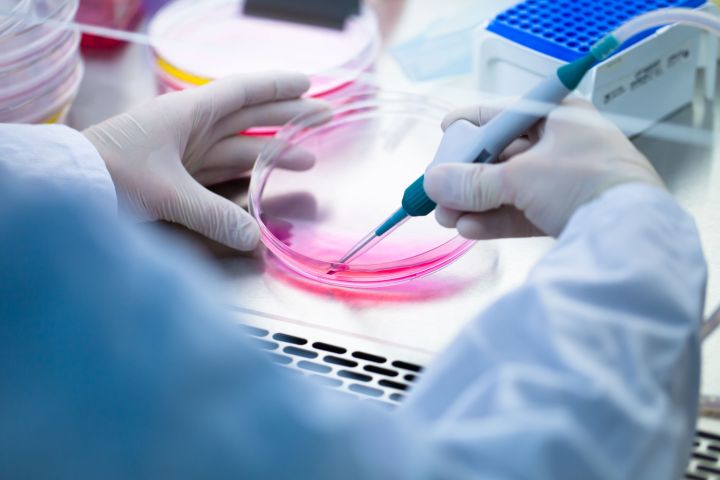
Sometimes, lack of blood flow to the vagina and clitoris can make sex painful or even downright impossible. Since vaginal engorgement and clitoral erection are important parts of sexual interaction for women, scientists at CMT have developed a technique that uses regenerative cells (like stem cells) to help encourage the process: “Through utilization of regenerative technologies to augment blood flow, we believe we have a series of potential therapeutic candidates that can address this unmet medical need,” said Thomas Ichim, Ph.D., a CMT board member and inventor of the technology in the patent application.
The technology specifically targets atherosclerotic tissue, which basically means tissue and vessels through which blood can’t pass. CMT’s research team tested regenerative cell treatments in animals with vascular deficiencies before moving on to clinical trials in humans. The company already has a patent on stem cell treatments for erectile dysfunction, so applying their techniques to sexual arousal disorders in women were a logical next step. Whereas sexual desire disorders manifest in women who don’t have the desire to have sex, sexual arousal disorders in men and women show up in much the same way – lack of blood flow to the genitals presents performance issues.
Sexual desire disorders made a splash last summer with the FDA’s controversial approval of a drug called Addyi, which was falsely promoted as a “female Viagra”. There are also many types of female sexual arousal disorders, and some of them manifest as mental obstacles to sex. CMT’s current patent application would focus on physical manifestations of sexual arousal disorder, as an extension of their work with stem cell therapies for erectile dysfunction.
Sexual arousal disorders in women are much more comparable to erectile dysfunction in men, since women with arousal disorders often want to have sex, but can’t achieve the physical or mental state required to make sexual activity pleasurable or even possible. And if the controversy surrounding the FDA’s last decision on “female sexual dysfunction” drugs is any indication, CMT could have a long and winding road ahead before bringing their stem cell therapy to market.


